
The Anatomy of the Heart
Place your hands over your heart. Do you feel it? Do you feel the insistent drum beat? How about the graceful adagio of your breath? The whispery mantra of the pulse in the vessels? This melodic song is the visceral participation with where you are which often, if heard and followed, leads us back to the acknowledgement and recognition of who we are.
During an anatomy lab once, whilst holding a human heart in my hands, I felt myself tear up and get a bit emotional. My anatomy professor looked at me with great confusion. He exclaimed "There’s no emotion to be found in this cardiac muscle! It’s simply the body’s sump pump!” Now, admittedly, I don’t really know the ins and outs of a sump pump but I’m going to have to respectfully disagree with this mundane comparison. For you see I’m used to calling it—the jewel encrusted four-chambered mansion of the heart.
Even in the earliest dissection labs it was assumed for hundreds of years that the organ of the heart was the seat of our feelings and emotions because that was historically and universally our embodied experience. In the middle ages it was often said that the story of each of our lives were scribbled on the inside of the heart by GOD and in the late 1500’s French Surgeon Abroise Pare exclaimed that, “The heart is the chief mansion of the soul, the organ of vital faculty, the beginning of life, and the fountain of the vital spirits…the first to live and the last to die.”
Think of the last time you were really touched by something. Maybe it was when you received flowers out of the blue or looked up from what you were doing to see an insanely gorgeous sunset. Most likely without conscious thought your hand floated up and touched your own heart. Even if you are trying to excitedly exclaim to someone “I think” or “I feel” this or that you point towards your heart when you say “I” rather than your head or eyeball. Our instinctual awareness of where we feel, where we live and who we are resides in the temple of our own rib cage.
Our instinctual awareness of where we feel, where we live and who we are resides in the temple of our own rib cage.
In the rich vibrational language of Sanskrit we often refer to the “heart center” as the HRIDAYAM. Sanskrit is a beautiful and complex language and breaking down a Sanskrit word into its smaller seed sounds can give us a richer and more diverse exploration of these larger concepts. Some of the translations that I have come across over the years other than the more familiar heart center are the bounce of the chest, the life in the chest, to give and to receive, and my absolute favorite—the cave of the heart. I’ve been taught in different traditions it is found in the right chest, below the organ of the heart, behind the organ of the heart, but most commonly the exact center point of the chest.
I have a very literal and somewhat famous vascular surgeon as a student and while I usually remember to be very clear and stifle my tendency to wax poetically about body parts it was crazy early in the morning and I slipped up by asking him to place his hands together at his heart center. I peeked my eyes open, sensing my mistake and looked across at him with his hands leaning slightly askew to the left diligently trying to appease his woo-woo teacher. The heart, as Rob Dunn beautifully writes, “represents a sensible centricity a midpoint between the head and the sex a fulcrum between reason and lust,” but for the more literal amongst us it doesn't exactly sit in the center of the chest but rather leans slightly to the left and snuggles into a small depression in the left lung. Honestly this small deviation between the Western anatomical model and the more esoteric language of heart center used to bother me too. That is until I remembered the small cluster of cells called the sinoatrial node otherwise known as the SA Node or pacemaker cells. Smack dab behind the center of the breastbone, right at the point we excitedly jab when telling someone what we feel, on top of the right atrium are these unique cells that generate the electrical signals that spread to the other cells across the heart causing them to contract or beat. Poetically positioned dead center this is arguably the place where we first feel the rush of excitement, or fear, or love and then that message is spread globally throughout the body.
At the end of our practice we are often asked to place our hands together in Anjali Mudra at the heart. This prayer-like mudra is also a familiar greeting in many different cultures. The word mudra is often translated as seal, and Anjali mudra is a way to seal in the nectar of our practice. The root words mud meaning “delight” and ra meaning “to move towards” also gives us a richer and perhaps deeper understanding. When we place our hands together with reverence into this mudra we are moving back towards the inherent delight, wisdom and essence of the heart.
Four Chambers of the Heart with Kristin Leal
This excerpt was pulled with permission from MetaAnatomy of Yogi, Volume Two Body Poetry by Kristin Leal. You can find the text in Chapter 5 “The Embodied Heart” pages 89, 93, 97 & 98.
Comments
No comments yet. Be the first!



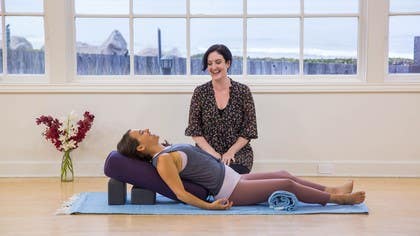
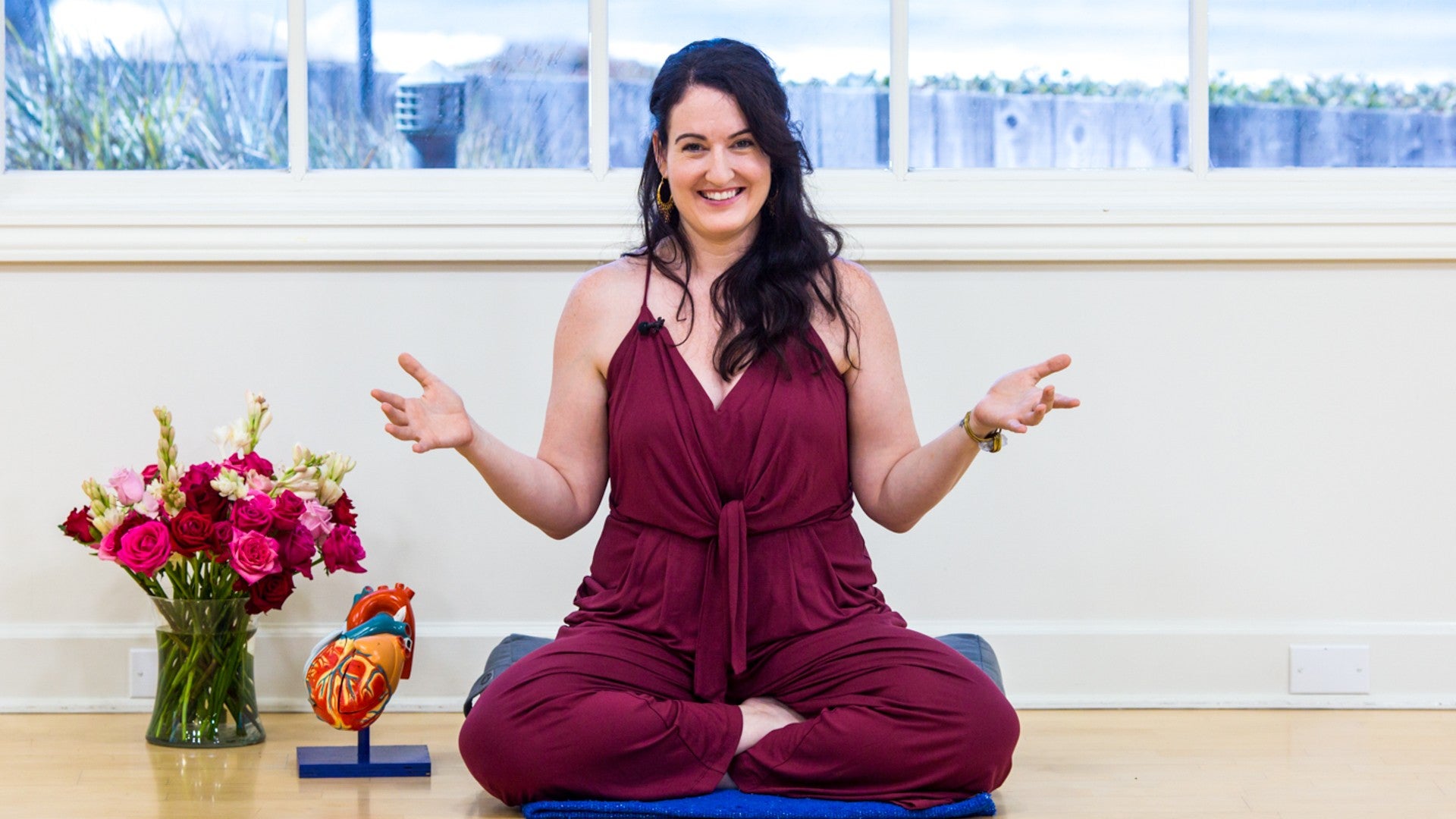
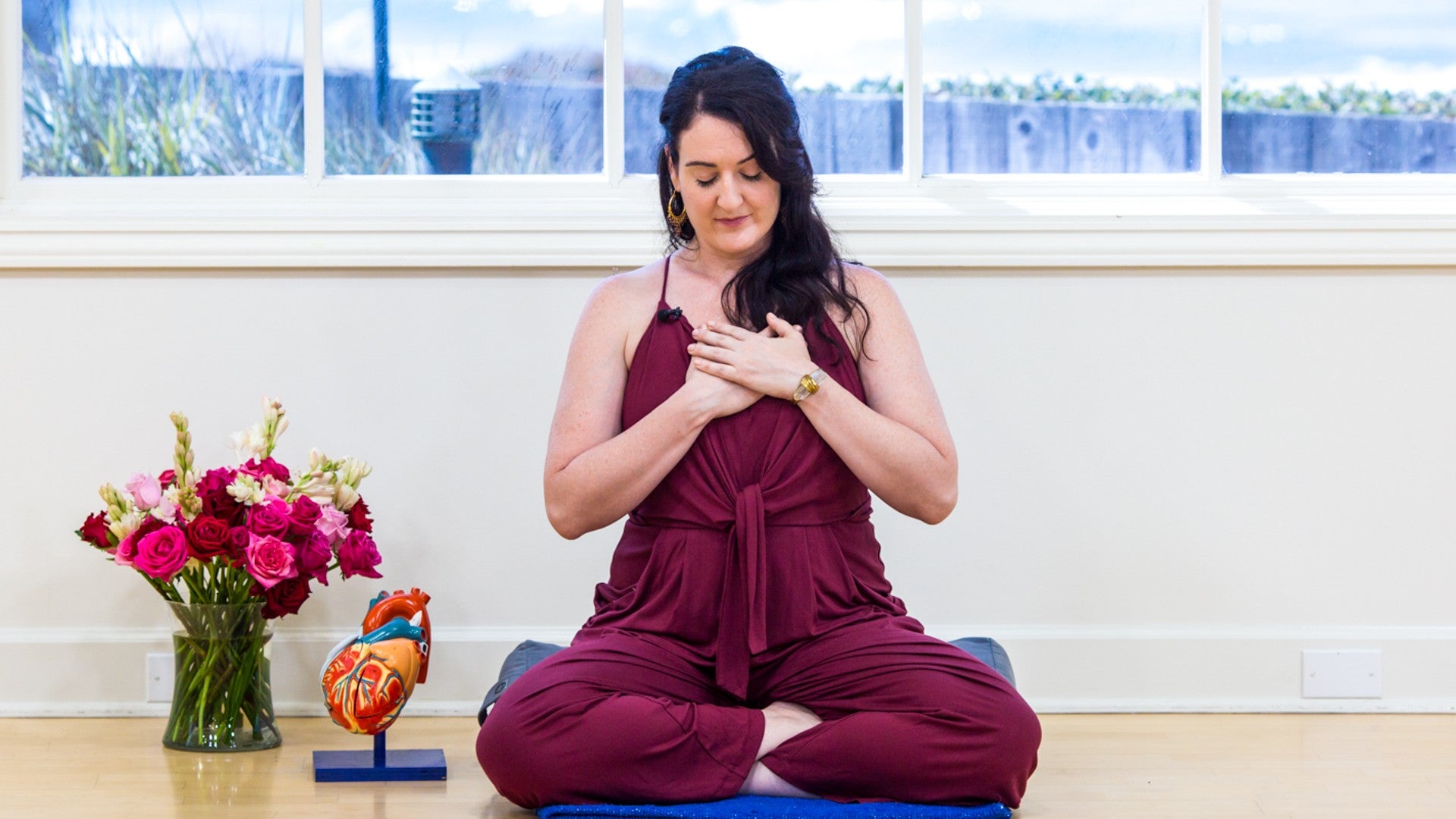
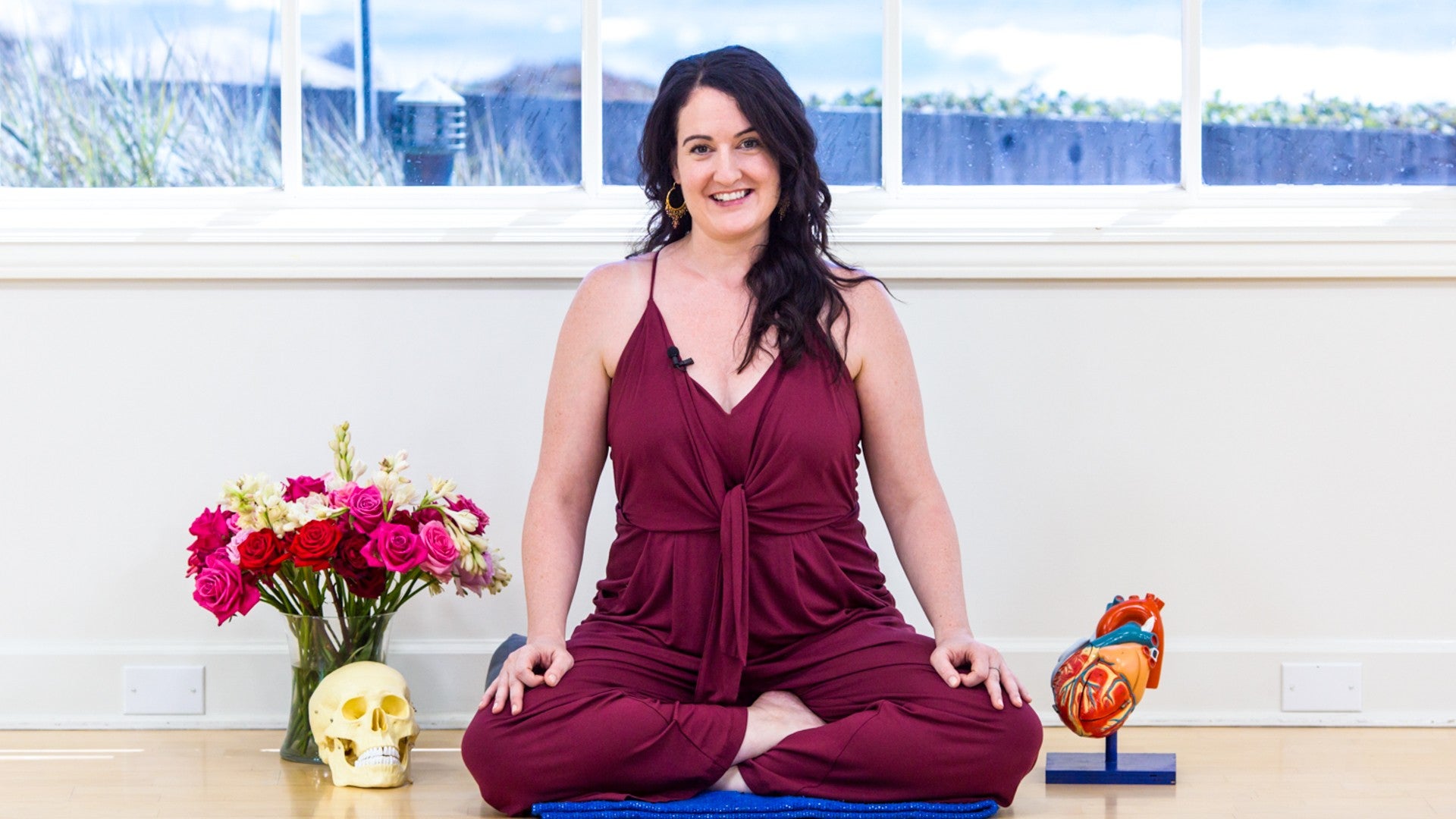




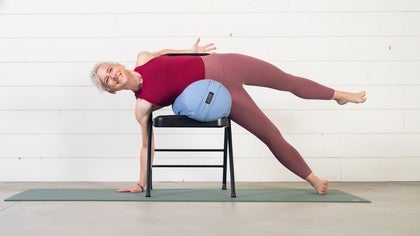





You need to be a subscriber to post a comment.
Please Log In or Create an Account to start your free trial.